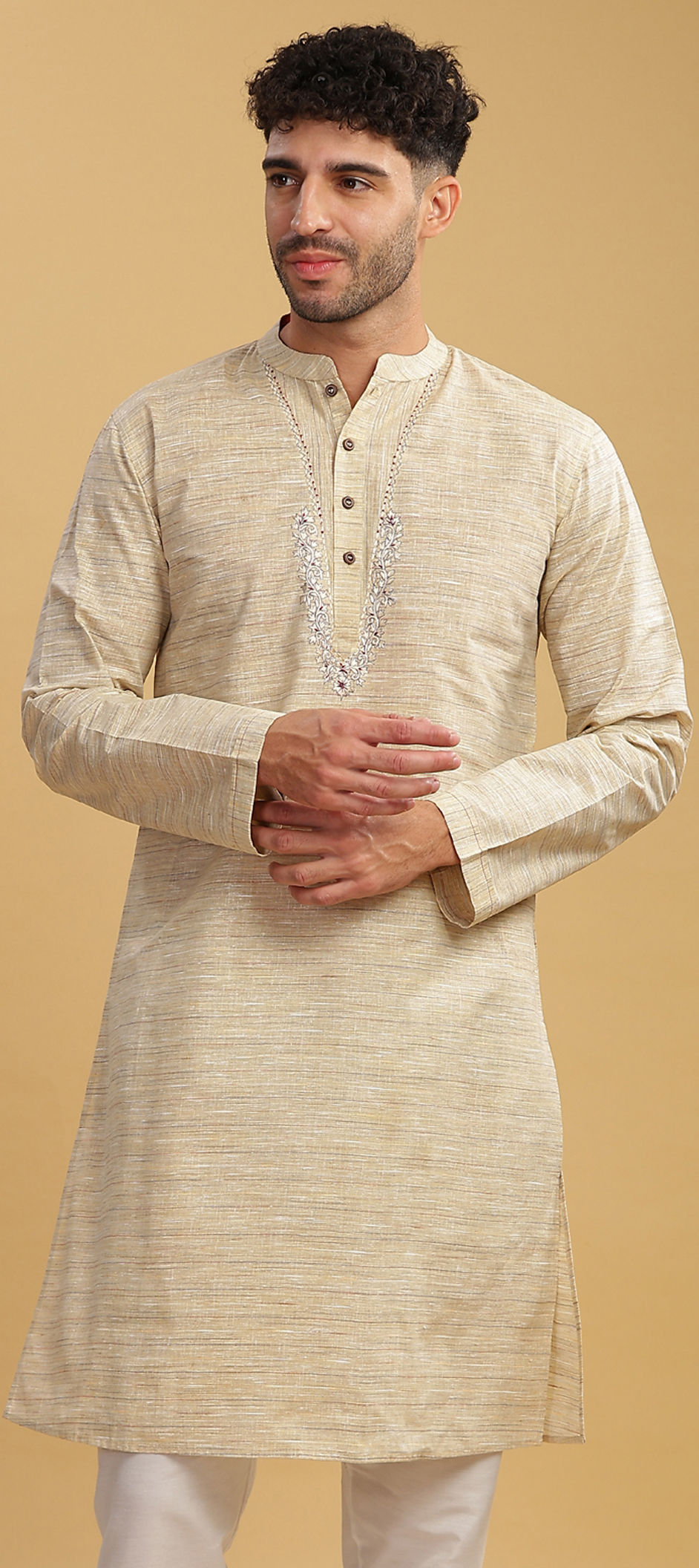
The Indian sari or saree is popular Indian attire worn by women. The origin of this garment is considered to be in 3000BC during Indus Valley Civilization. Exact idea about its origin is not known yet. The term “saree” is said to be originated from a Sanskrit word ‘chira’ meaning cloth. In spite of its origin being so ancient still women admire it a lot and love to wear it at every occasion. For Indian married women, this is the daily wear. Although the fashion industry is coming up with stylish women wears every day but the Indian sarees still maintains their charm among the women of all age.
At the time of its origin that is during Indus valley civilization, saree was worn by female priests. Their style of draping it was different from present times. It used to divide two legs and appear as a pair of trousers. It was also worn by temple dancers as it provides comfort during dancing.
The history of Indian saree tells us that it was draped reflecting the sensual style. It was tied at the waist covering the legs. Its decorative drape used to appear in front of the legs. Upper part of the body was left partly bare during ancient time. In modern times, it is replaced by a covered pattern where petticoat and blouse are worn along with the saree. In Kerala, still you can find this ancient style where a saree consists of a shawl and a lungi. The trend of petticoat was introduced with the arrival of Muslims as stitching came into existence.
Hindu sarees came in a single long piece of cloth as piercing through cloth was considered as an act of sacrilege. Gradually the blouse was introduced with saree. After this, fashion industry made various experiments to present the new styles every day. Now the blouse and petticoat have become essential components of a saree and not only essential they add extra grace to the designs and style of saree. The combination of saree with stylish blouse and petticoat accentuates the curves of Indian women, which multiplies their beauty.
Although the most general size in saree is of 6 yard in present time, but earlier it used to be of 9 yards. Six yard saree is today’s Bollywood style. An exquisite range of sarees are available in India varying from north to south and west to east. The Kanjeevaram saree from south India still adorn many brides due to their vibrant colors, thick silk, excellent crafting and peerless designs.
A fantabulous collection these Indian sarees can be explored from fabkart.com. This online shop of sarees offers you latest and trendy designs with conventional as well as contemporary concepts. Go and grab the rich collection at affordable prices.





